Digital learning deficiencies: March 2020 + 19 months
Transformation requires intense, sustained scrutiny of the foundational components of the value proposition manifest in post-secondary education. Among the building blocks supporting transformation is an abiding and robust fidelity to academic achievement and student learning.
One might be hard pressed to find an accredited post-secondary college or school in the U.S. today without a mission statement or published purpose that pays homage to student success. Defined by some as retention, completion, graduation and graduate satisfaction, valid indicators of student success are numerous and varied.
Unfortunately, many common indicators are also nebulous, abstract and often difficult to measure and quantify in a systematic way. To the degree the hourly/daily/weekly discernment of student engagement and academic achievement remains elusive, the institution will struggle to organize and deploy resources in a systematic way that fulfills the value proposition effectively.
Writing in Eduventures Research, analyst James Wiley offers fresh perspective on the use and reliance of hard data to systematically measure and evaluate student learning. (https://bit.ly/3COvwIJ) His inquiry surveyed the adoption of Learning Analytics Solutions (LAS) for the collection and analysis of data related to student engagement and academic achievement, or at its most basic, student learning.
“Learning Analytics Solutions are struggling to gain traction in the market,” Wiley opines. “Given the importance of understanding learning progress, especially in an increasingly digital environment, we would expect university leaders to rely on these solutions to measure, collect, analyze, and report data about learning outcomes.”
Technological systems and platforms that add value to the measurement of student engagement and academic achievement are numerous and sophisticated. Yet transformation requires more than technological support for the core mission; it also requires leadership, vision, organizational and financial resources to make the value proposition a resilient priority.
Wiley suggests many colleges and schools simply lack of “a clear understanding of what these solutions do. This position may change as institutions learn more about identifying inputs, outputs, and the immediate activities that promote and ensure learning, especially around personalized and adaptive learning.”
He warns that marginalizing the student learning component of the value proposition “risks rendering the entire (IT) ecosystem meaningless, no matter how many other technologies exist within it or how interoperable those systems are.”
Wiley also surveyed the degree to which seven other types of technology platforms have been adopted and deployed in support of the value proposition, including Learning Management Systems, Assessment Integrity and Digital Courseware.
